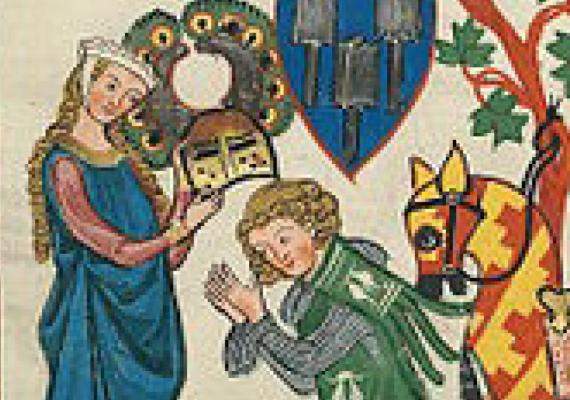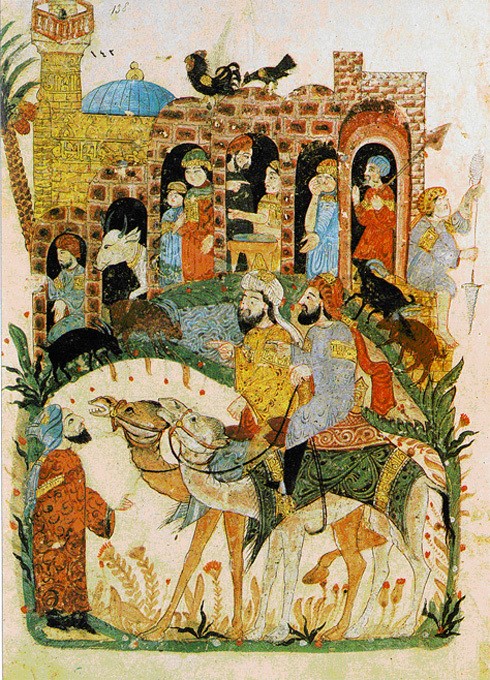Love Is in the Air, and Also in the Ninth Mahberet

Valentine’s Day seems a good time to draw attention to a pair of essays that appear in JQR on the theme of true love—one in the upcoming issue of JQR (109.1), the other appeared a few years ago (JQR 107.3 [2017]). Tovi Bibring of the Department of French Culture at Bar-Ilan University has produced two lively studies of the thirteenth-century Castillian Book of Tales (Sefer ha-meshalim) written by one Ya‘akov ben El‘azar. “The Love of Sahar and Kima” is the ninth of these collected narratives, or mahbarot. Kima and Sahar are the protagonists of a love story replete with heroes, princesses, shipwrecks, kings, poetesses, erotic temptation, and virile chastity. The most well-known and studied influences on these stories is the Arabic maqamat, but Bibring, through a close and creative tracking of motifs, finds in these colorful tales the deep influence of Christian sources from Latin materials to French vernacular literature—fairy tales and courtly romances. Ya‘akov ben El‘azar was a “Castilian writer of prose fiction in Hebrew [who] bridged the Andalusi and Christian periods,” writes David Wacks, and in Bibring’s work we see this era of cultural and religious transition played out with humor and delicacy throughout the tale’s layered motifs and literary echoes. Bibring’s close readings and literary detective work help us better understand the poly-religious cultural landscape from which these narratives were spun.
 JQR 109.1—A Medieval Hebrew French Kiss: Analyzing the Love Story of Sahar and Kima by Ya‘akov-ben El‘azar through Courtly Love Ideals
JQR 109.1—A Medieval Hebrew French Kiss: Analyzing the Love Story of Sahar and Kima by Ya‘akov-ben El‘azar through Courtly Love Ideals
and
